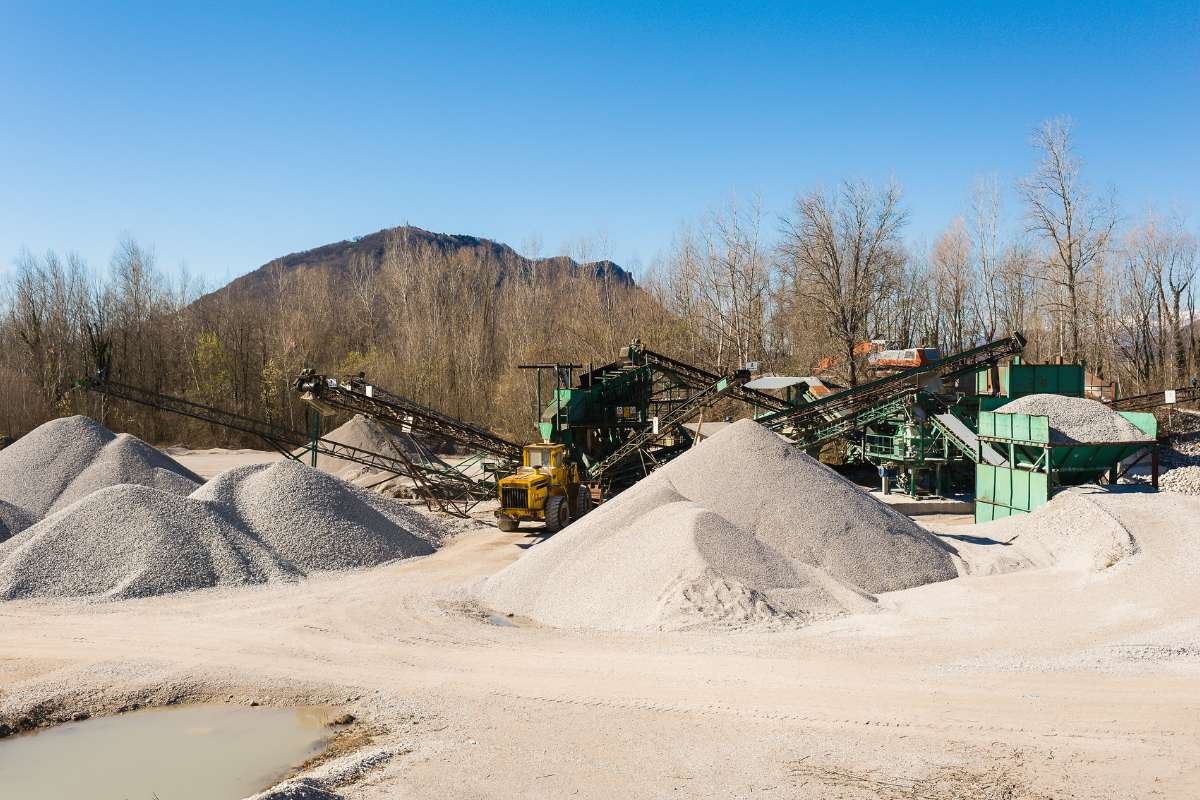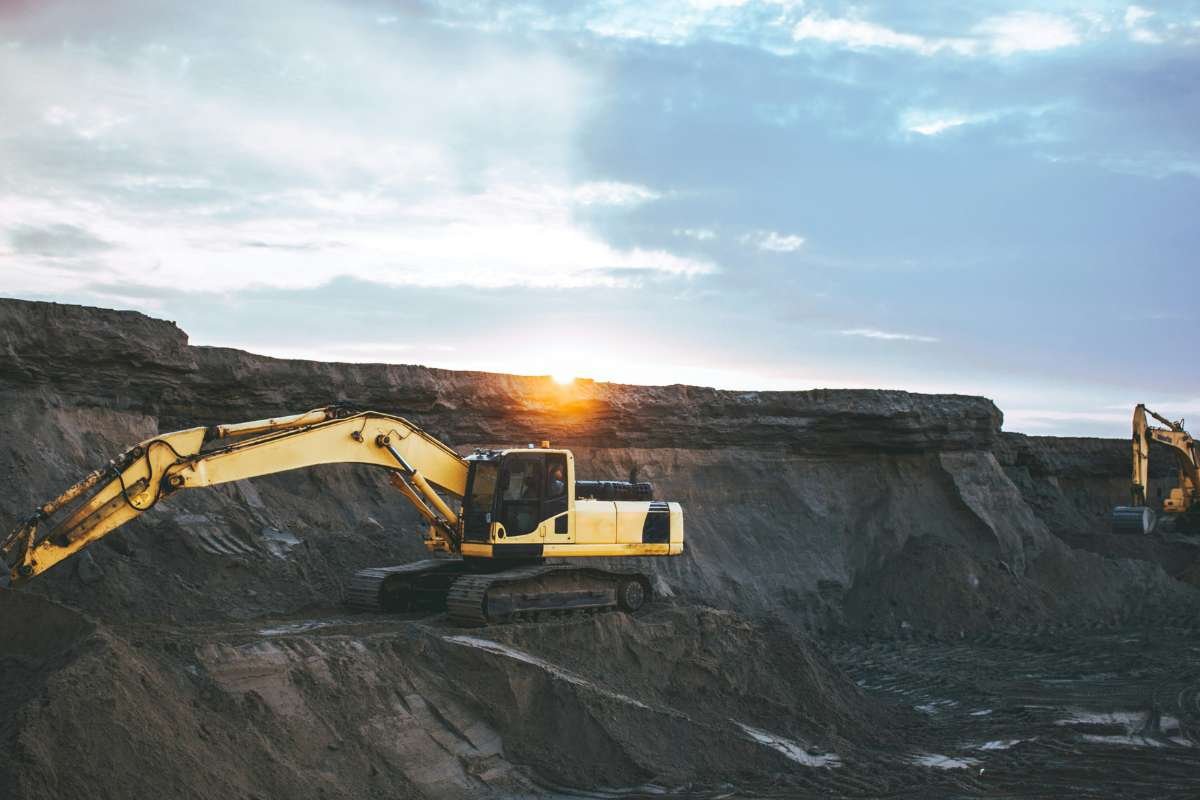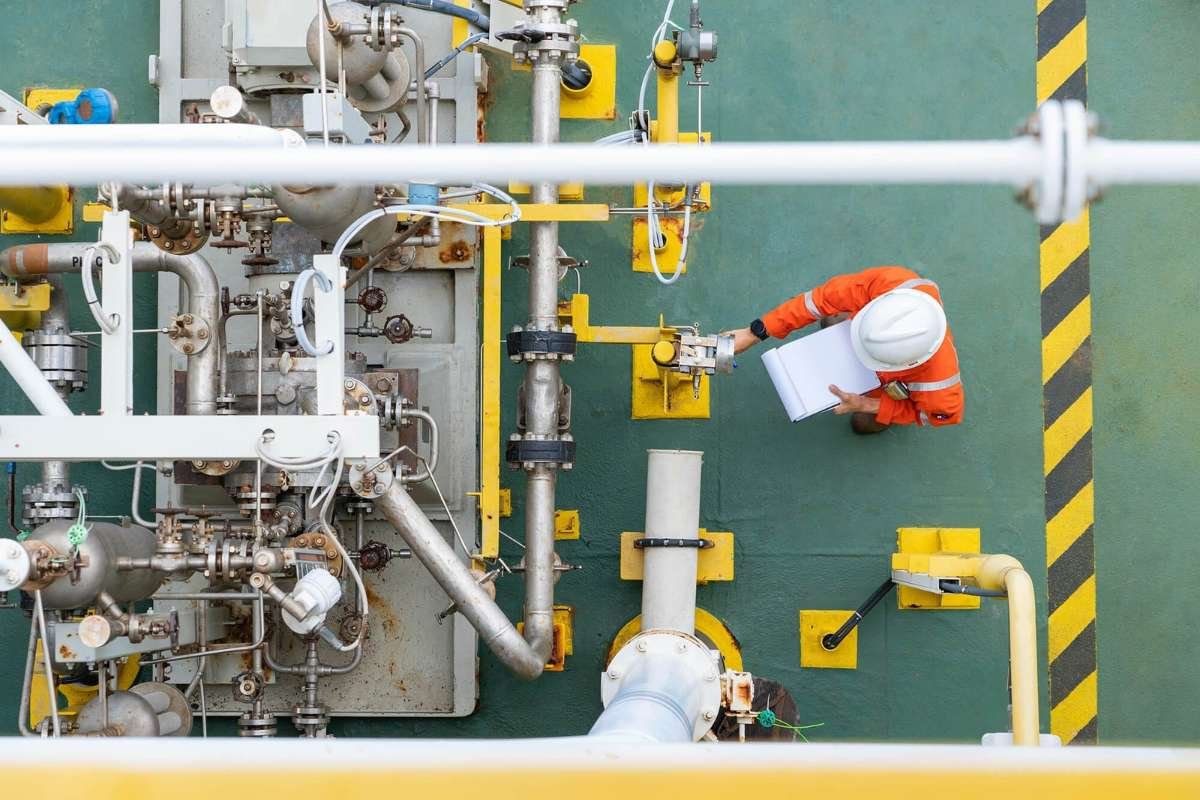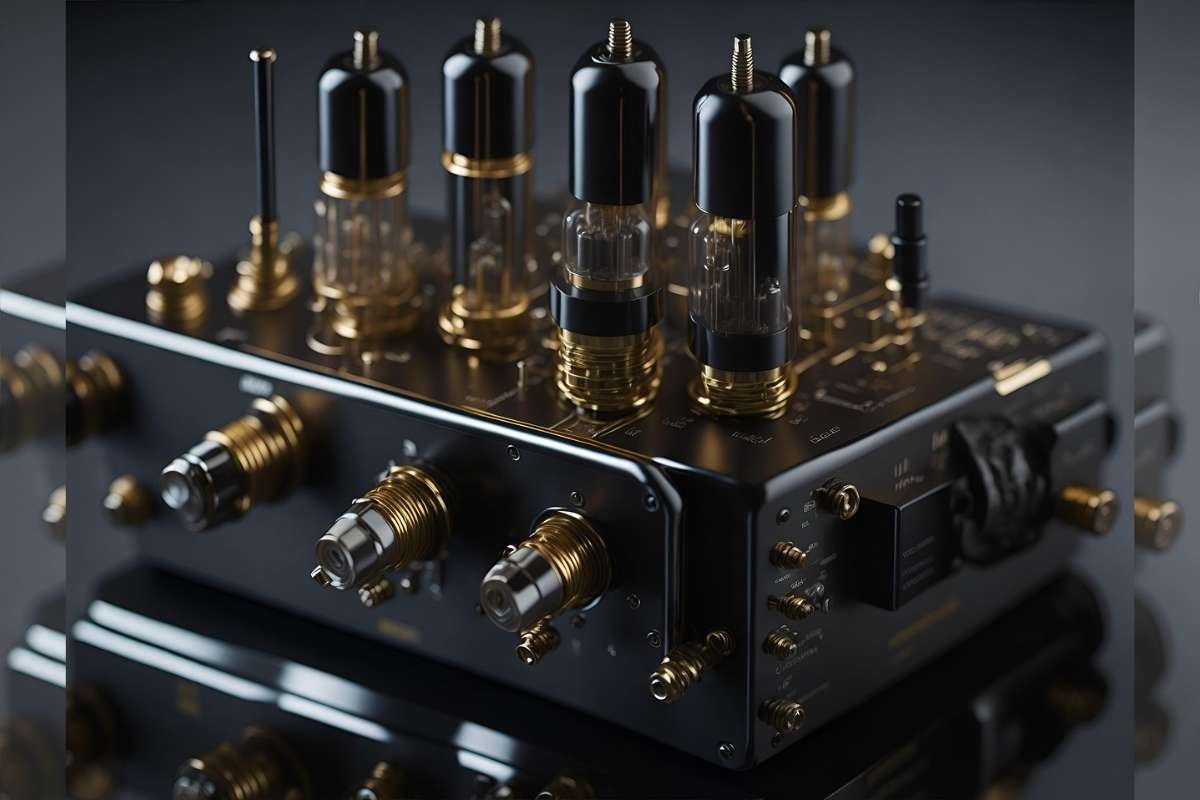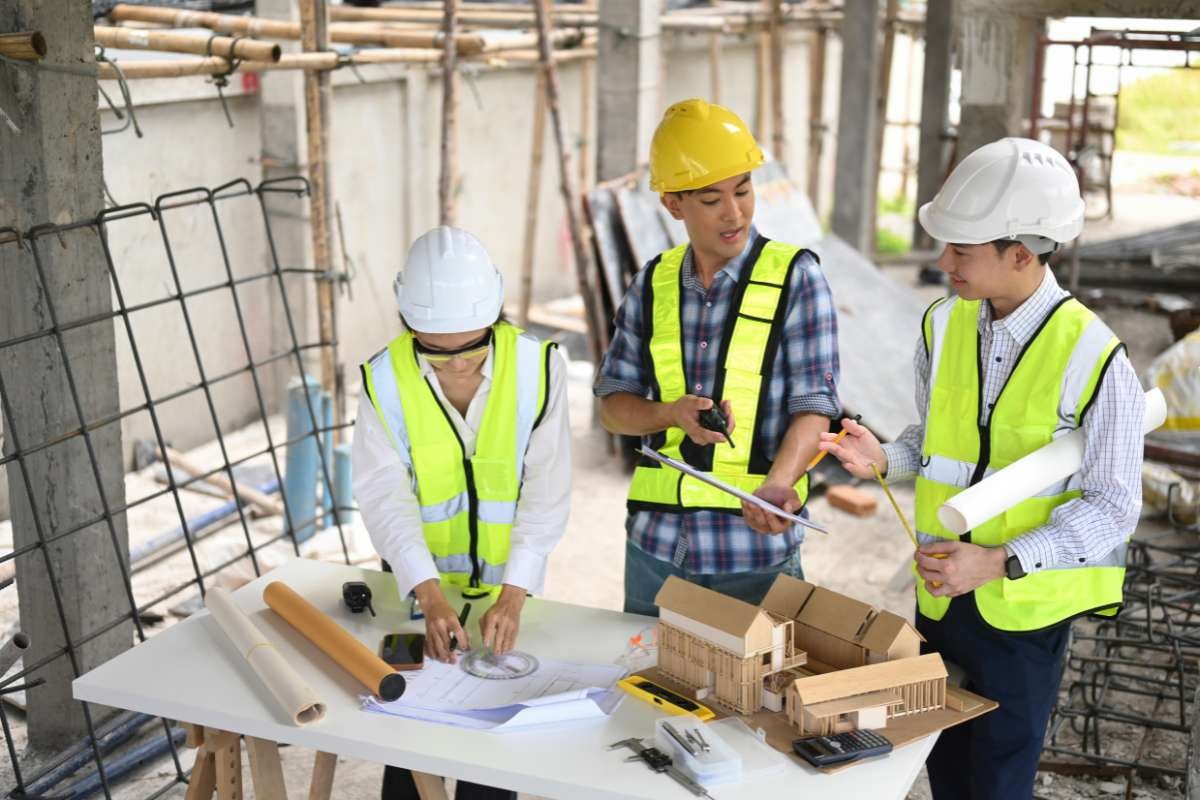Water pumps play a key role in water distribution, waste management, water removal, and various applications. Every application for every industry calls for a different type of water pump, from a centrifugal pump for oil and gas operations to a borewell compressor pump for domestic purposes. For whatever application and industry, water pump maintenance is essential to its optimal performance and longevity.
Even the best water pumps break down when routine maintenance has not been performed. When the pump malfunctions, problems arise.
What Happens When the Water Pump Fails?
A failing water pump creates consequences that affect your operations, including:
1. Operational Downtime
Unexpected breakdowns can halt operations, leading to significant downtime and lost productivity. Downtime becomes especially concerning when an entire community relies on the water pump for emergency services.
2. Costly Repairs
Emergency repairs are often more expensive than routine maintenance. Although maintenance work costs money, unexpected repairs could exceed the budget you set aside for it.
3. System Damage

A failing pump can cause damage to connected systems and components, exacerbating the repair costs.
4. Inefficiency
Reduced pump performance can lead to higher energy consumption and operational inefficiencies.
What Are the Common Signs of a Failing Water Pump?
In most cases, you’ll notice or hear things that could mean equipment failure is imminent. So take decisive action before a minor issue turns into a major problem by knowing the common signs of a bad water pump.
Here are some common indicators
1. Unusual Noises
Grinding, whining, or squealing noises can signal bearing failure or cavitation.
2. Overheating
If your water pump is overheating, it might be due to a failing bearing, impeller, or cooling system.
3. Leaking Coolant
Leaks around the pump area are a clear sign of seal failure.
4. Decreased Water Flow
A reduction in water flow or pressure indicates potential blockages or impeller issues.
5. Rust and Corrosion
Visible rust and corrosion can weaken the pump structure and affect its performance.
6. Vibration
Excessive vibration during operation can indicate misalignment or worn-out bearings.
What’s Involved in Water Pump Maintenance?
No system is safe from failure. But with a maintenance plan, your water pump can continue to run smoothly for years and with efficiency. Although routine inspections can differ, depending on the type of water pump or model, a general list of tasks will apply to all water pumps.
Proper water pump maintenance involves several critical steps:
1. Regular Inspections
Conduct visual and auditory inspections to detect early signs of wear and tear.
2. Lubrication
Ensure bearings and moving parts are adequately lubricated to prevent friction and overheating.
3. Cleaning

Remove any debris, sediment, or scale build-up from the pump and its components.
4. Seal and Gasket Checks
Inspect and replace worn seals and gaskets to prevent leaks.
5. Performance Testing
Regularly test the pump’s performance metrics, such as flow rate and pressure, to ensure optimal operation.
6. Alignment and Balancing
Check and correct the alignment of the pump and motor to prevent vibration and wear.
7. Electrical Connections
Inspect and secure electrical connections to avoid short circuits and power issues.
The Business Value of Preventive Measures
The benefits of foresight extend beyond operational efficiency. When you invest in preventive maintenance for your water pumps, expect the following substantial business benefits for your business:
1. Reduced Downtime
Scheduled maintenance minimizes unexpected failures, ensuring continuous operation.
2. Cost Savings
Preventive measures are more cost-effective than emergency repairs and part replacements.
3. Increased Efficiency
Well-maintained pumps operate more efficiently, reducing energy costs.
4. Extended Lifespan
Regular maintenance prolongs the life of the pump, delaying the need for expensive replacements.
5. Reliability
A well-maintained pump provides consistent and reliable performance, crucial for business operations.
Implement Protective Measures for Water Pump Maintenance
Although routine checks can be performed in-house, professional maintenance unburdens your organization and provides a high level of expertise and thoroughness. Certified technicians have the background and skills to determine and resolve issues that untrained eyes may overlook. They can perform detailed inspections, advanced diagnostics, and precision repairs, ensuring your water pumps remain in optimal condition.
Professional water pump maintenance not only enhances pump performance and longevity but also provides peace of mind. You’ll know that your critical systems are in expert hands.
What steps can you take to ensure your protective measures ensure the maintenance achieves its purpose?
1. Come up with a maintenance schedule
Check the manufacturer’s guide to know whether routine checks must be carried out monthly or quarterly.
2. Keep track of the maintenance
Create a document that details what kind of tasks were done, when they were done, and what issues were uncovered, if any. You may also want to include post-failure analysis, which will help inform future preventive maintenance tasks or reveal a need to switch to a different kind of water pump model.
3. Choose quality parts
When components require replacement, always choose quality parts to ensure they meet industry standards and prevent further failure.
4. Monitor water pump performance

As part of your documentation, monitor your water pump’s flow rate and energy consumption.
5. Train employees for proper operation
Training is especially critical when you’re introducing a new water pump, especially one that features innovative technology. You can also train them to spot early signs of water pump failure.
6. Develop a contingency plan
Water pump breakdowns can occur unexpectedly even with routine maintenance. It’s always best to be prepared for equipment failure with protocols outlining an appropriate course of action.
Extend the Life of Your Water Pumps
A high-quality system lasts longer than a poorly made one. Yes, it’s important to invest in good equipment, but an effective maintenance plan further ensures longevity and reduces the likelihood of failure. Ideally, you’ll get routine maintenance from the same company where you purchased your equipment. For example, the best water pump suppliers in UAE also have the resources to provide maintenance work.
Water pump maintenance is vital for ensuring optimal performance and longevity. Routine inspections can spot potential problems early, and this can prevent costly breakdowns. Prioritizing professional maintenance further enhances the reliability and efficiency of your water pumps, supporting the seamless operation of your business and extending the life of these essential components.
Recognize the common signs of a failing water pump and understand what is involved in proper maintenance. This way, you can take proactive measures to protect your investment.


